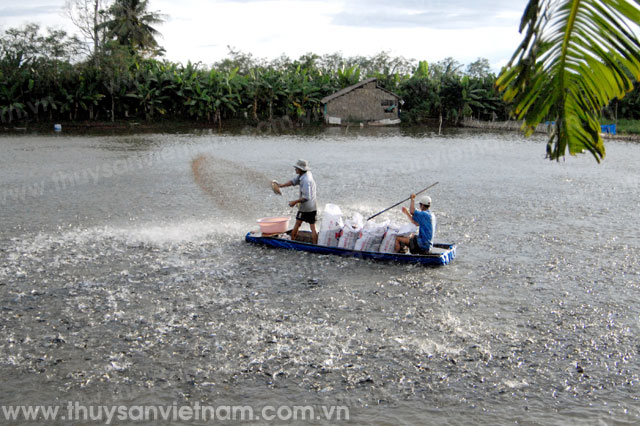Aquatic plants and animals get the essential nutrients calcium and magnesium from water and their food. Hardness is usually great enough to supply adequate calcium and magnesium in fertilized ponds, and in ponds with feeding, they are obtained from feed when hardness is low. Calcium ions affect the toxicity of trace metals to aquaculture species. Although of limited concern in ponds, calcium carbonate precipitation can be troublesome in hatcheries. In inland waters, magnesium concentrations can be increased by applications of potassium magnesium sulfate.

Aquatic animals can get the essential nutrients calcium and magnesium from both culture water and their food.
Concentrations of calcium and magnesium are seldom measured in waters for aquaculture, but total hardness is determined rather often. Hardness is the concentration of divalent cations – mostly calcium and magnesium – in water expressed in milligrams per liter (parts per million) of equivalent calcium carbonate.

Hardness sometimes is expressed in different forms: total hardness and calcium hardness with the difference being magnesium hardness. Calcium hardness plus magnesium hardness, of course, is total hardness. The factors for converting between hardness cations and hardness are as follows: calcium x 2.5 = calcium hardness, and magnesium x 4.12 = magnesium hardness.

The major sources of hardness in freshwater are dissolution of limestone, calcium silicate and certain feldspars. In arid regions, the dissolution of calcium and magnesium sulfates and certain other minerals is a source of calcium and magnesium. Most liming materials used in aquaculture are made from limestone, which imparts hardness to water.
In most freshwater, hardness and alkalinity are of similar concentration and range from less than 5 mg to over 150 mg/L. In arid regions, hardness usually exceeds 100 mg/L and often is greater. Hardness frequently exceeds alkalinity in arid regions.

Seawater has an average of 400 mg/L calcium and 1,350 mg/L magnesium, resulting in a hardness of over 6,000 mg/L – much more than its average alkalinity of about 140 mg/L. Estuaries usually have a lower hardness than seawater, but much greater than freshwater. Hardness concentrations vary greatly from place to place and over time in estuaries because of the mixing of seawater and freshwater in these systems.
Telephone: +84 936 212 598
Hotline: +84 986 358 011 (Whatsapp / Wechat) - Mr. Thomas
Email: export2@shcgroup.vn
Skype: export2@shcgroup.vn




